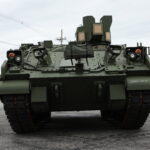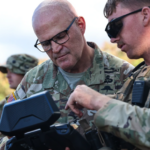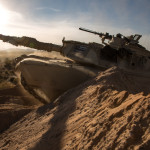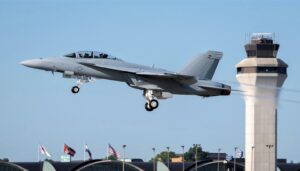
The Army will look to formally start its Stinger missile replacement program in fiscal year 2024 as part of its upcoming budget request, according to the service’s top acquisition official. “We’re going to work with Congress in FY ‘24 about potential options for starting it in that year. It’s a clear requirement and the Army is going to move out on that,” Doug Bush, the assistant secretary of the Army for acquisition, logistics and technology, said during a Defense News…

 By
By 











